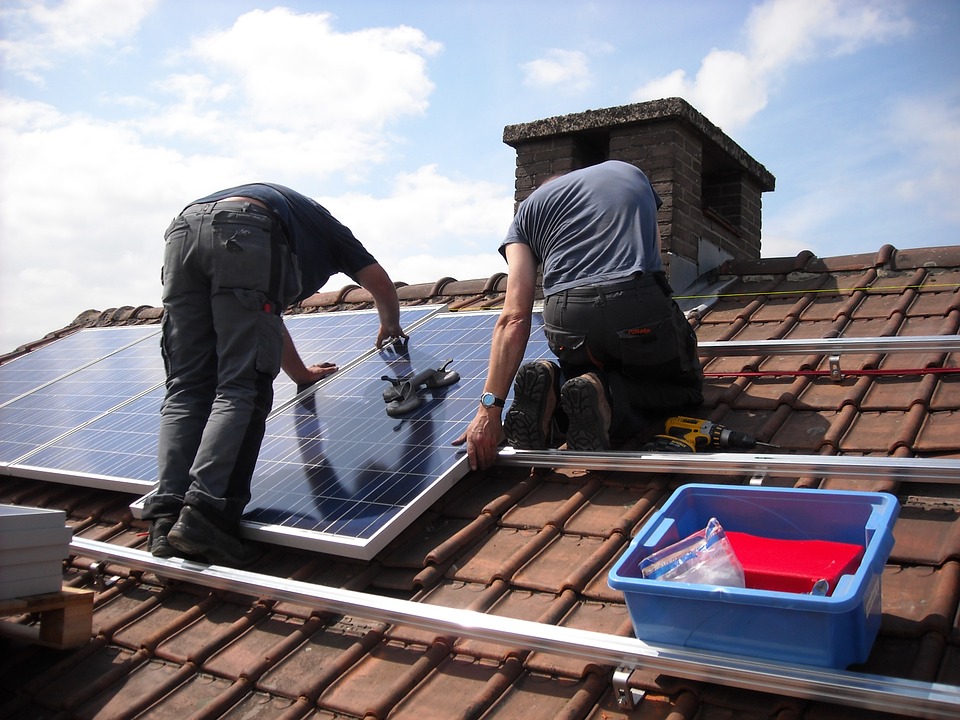Income Tax
Inflation Reduction Act May Increase and Broaden Energy Tax Incentives
Under the expansion of the 179D deductions, your clients may also benefit from deductions if they’re REITs, trial properties, and non-profits.
Aug. 15, 2022

By Julio Gonzalez.
The Inflation Reduction Act (IRA) of 2022 is a substantial, $737 billion investment to help fight inflation and invest in manufacturing, reduce carbon emissions and invest in domestic energy production.
Many energy efficiency tax incentives that exist or are currently expired have been expanded, and these credits can greatly help your clients, including:
- Commercial building owners
- Multifamily building owners
- Homebuilders
- Developers
- Investors
- More
Two significant items that you need to familiarize yourself with and explain to your clients are the 179D energy-efficient commercial building deduction and the 45L energy-efficient home and multifamily credit. Now before we go any further, it’s important to note that as of writing this on August 14, 2022, these regulations have not been signed into law and are subject to change.
Now, let’s get into the details.
Expansion of the 179D Energy-Efficient Commercial Building Deduction
The 179D tax deduction has increases and expanses under the IRA. Under current law, the permanent 179D deduction is increasing from the current $1.88 maximum up to $5 per square foot. Clients that deal with commercial building construction and multifamily buildings that span four or more stories will benefit from this reduction.
Older buildings that undergo retrofitting will also be eligible for the deduction.
Architects, engineers, and designers of energy-efficient buildings can also benefit from the new rules, which will allow tax-exempt building owners to pass the deduction to them. Under previous law, it was only possible for government building owners to allocate these funds for designers.
A few key notes of the 179D changes that are taking place and should be considered by all clients include:
- The current iteration of 179D will be extended in its existing form through December 31, 2022
- New increases and changes to the deduction will begin from January 1, 2023, onward
- Energy reduction (“ER”) will change from 50% to 25% based on the recent ASHRAE Standard
- The deduction will be reduced to $.50 per square foot on January 1, 2023, with a $.02 additional deduction per square foot for each point above 25% ER, up to a maximum of $1.00 per square foot; OR if the prevailing wage requirement is met, a bonus deduction of $2.50 plus $0.10 per square foot above 25% ER is possible with a maximum of $5.00 per square foot in deductions.
- Partial benefit allowances have been removed.
- New qualified retrofit plan qualifications are in place.
Under the expansion of the 179D deductions, your clients may also benefit from deductions if they’re REITs, trial properties, and non-profits. Publicly funded projections with existing provisions can also qualify for the deductions.
Changes to the 45L Energy-Efficient Home and Multifamily Credit
Next, major increases, extensions, and expansions have also been made to the 45L energy-efficient home and multifamily credit. These changes will be of significant interest to your clients if they’re homebuilders or multifamily developers, starting with the retroactive extension of the 45L credit through the end of 2032.
For 2022, no changes have been made to the:
- $2,000 credit for each dwelling unit
- Energy efficient criteria
However, in 2023, the tax credit maximum for a dwelling unit in both multifamily and single-family developments has been bumped up to $5,000. Criteria for what is considered “energy efficient” will align with the Energy Star and zero-energy ready home programs from the Department of Energy.
While low-rise residential developments were the only ones eligible for this credit in 2022, residential developments will be eligible for the credit in 2023.
The significant credits will be very beneficial for builders in 2023 that aim to help with the housing shortage and construct dwellings that are more energy efficient.
However, there are some changes to the 45L credit that may make it more difficult for clients to maximize their energy-efficient tax incentives. A key change to alert clients of is that wages for the project that they’re trying to claim credits on, in some cases, must be at or above the local rates determined Secretary of Labor.
45L credits can be claimed for all multifamily developments, including mid- and high-rise projects, which may qualify for:
- 45L tax credits
- 179D tax deductions
A few key changes to 45L credits include:
- Prior rules have been extended through December 31, 2022.
- Changes to the rules under the IRA will be from January 1, 2023 – December 31, 2032.
- Low-base credits are $500 per multifamily unit, OR a bonus credit increase to $2,500 per unit if prevailing wage requirements are met.
Congress makes it clear with the passing of the IRA that energy efficiency and climate change are two main points on their agenda. Tax credit and deduction extensions and incentives are increased significantly, allowing for more of your clients to claim them than ever before.
As mentioned before, this isn’t law yet; however, it’s expected to be signed into law by President Biden shortly. You should take this time to understand the changes under the IRA and be prepared to discuss the impacts with your clients.
=====
Named Top 100 Most Influential People by Accounting Today, Julio Gonzalez is the CEO of Engineered Tax Services, The Growth Partnership, ABLE: CRM for Accountants, and INSIDE Public Accounting, the founder of Rockerbox, and the developer of the Engineered Tax Services cost segregation app.
Additionally, Julio works weekly with the Administration, Congress, and Senate to advise on tax reform. He is the go-to tax expert, representing many national organizations and associations. He is a regular national public speaker regarding tax reform and tax sophistication for wealth preservation. To get in contact with Julio or learn more about how you can partner with Engineered Tax Services to grow your firm, please contact Julio through his website.
